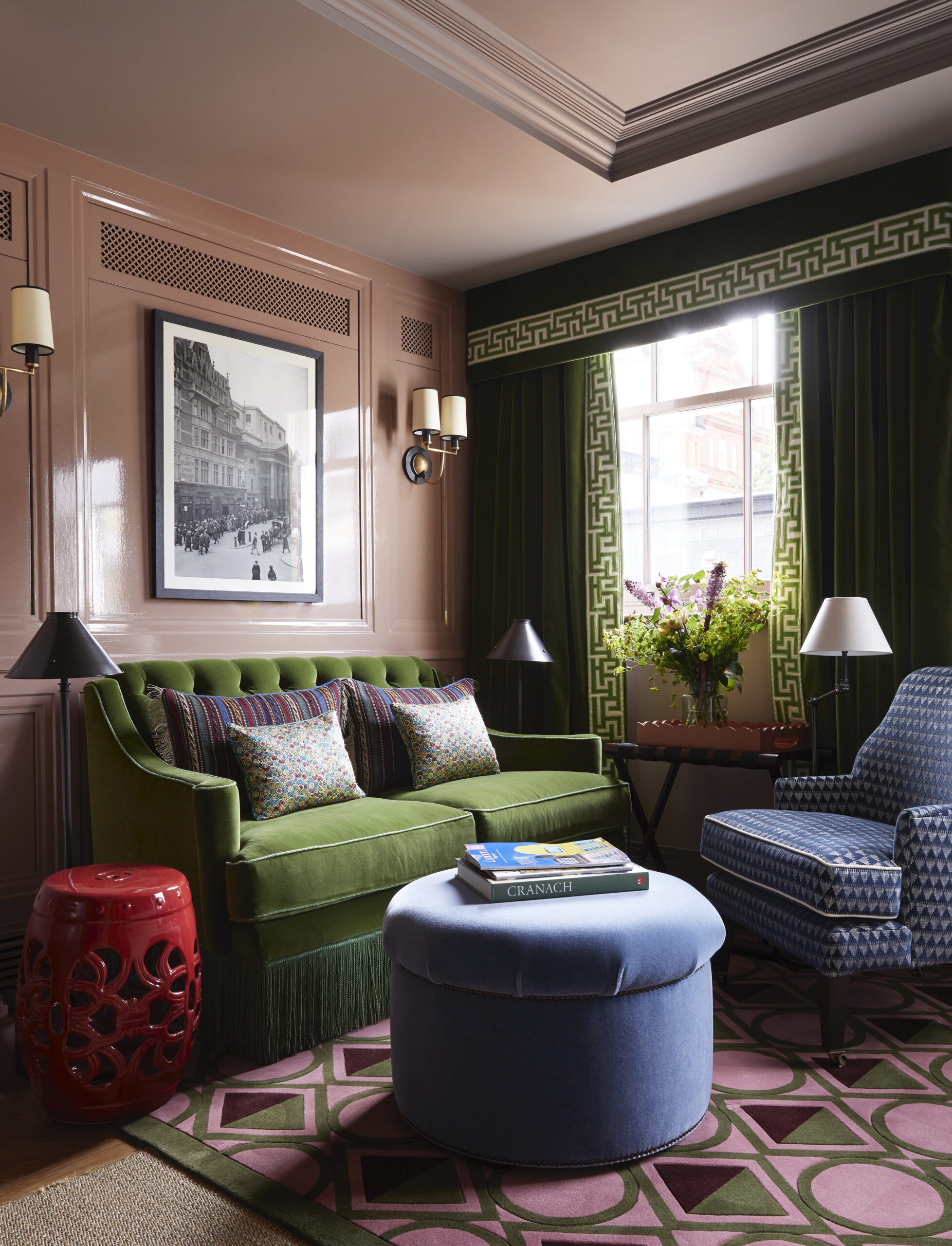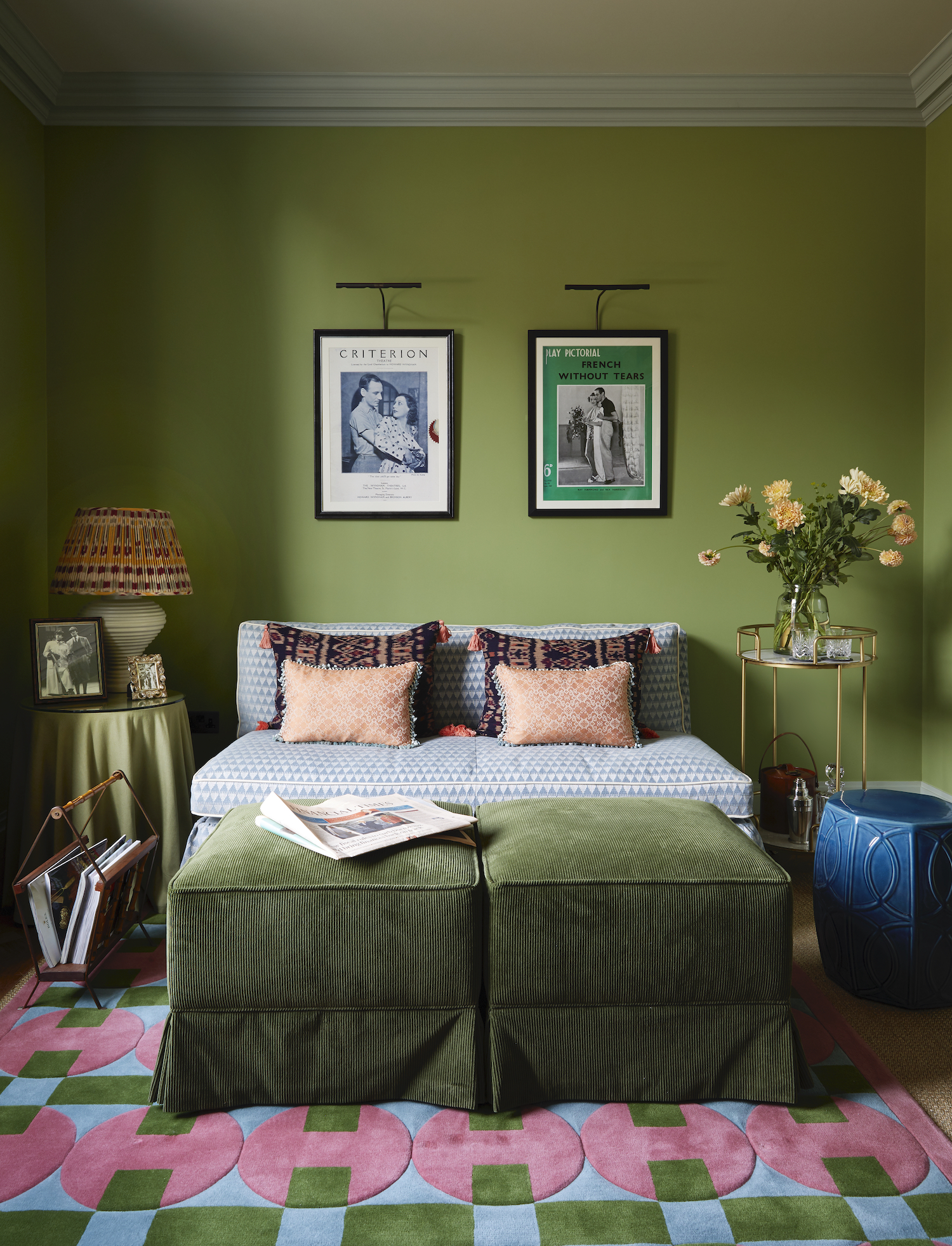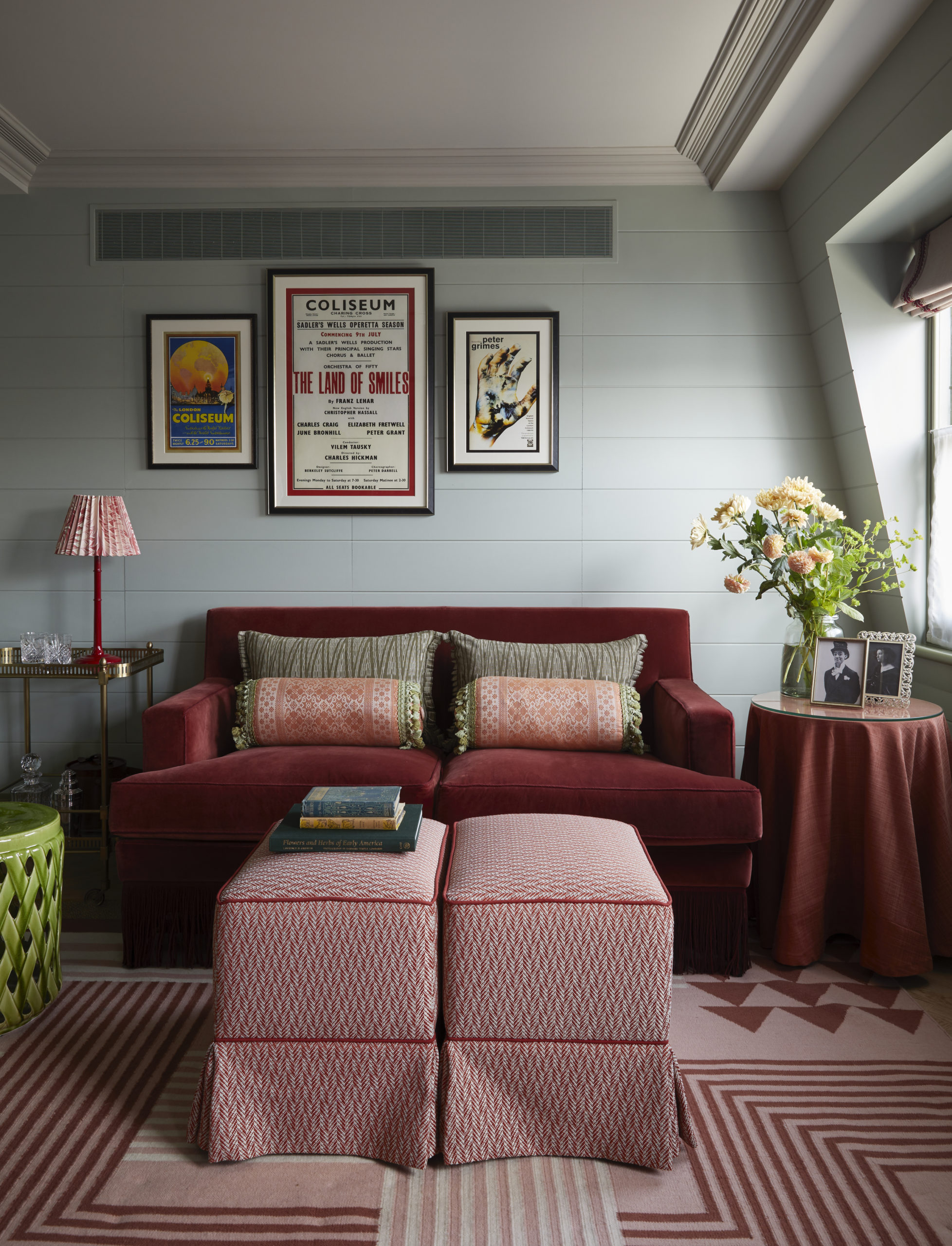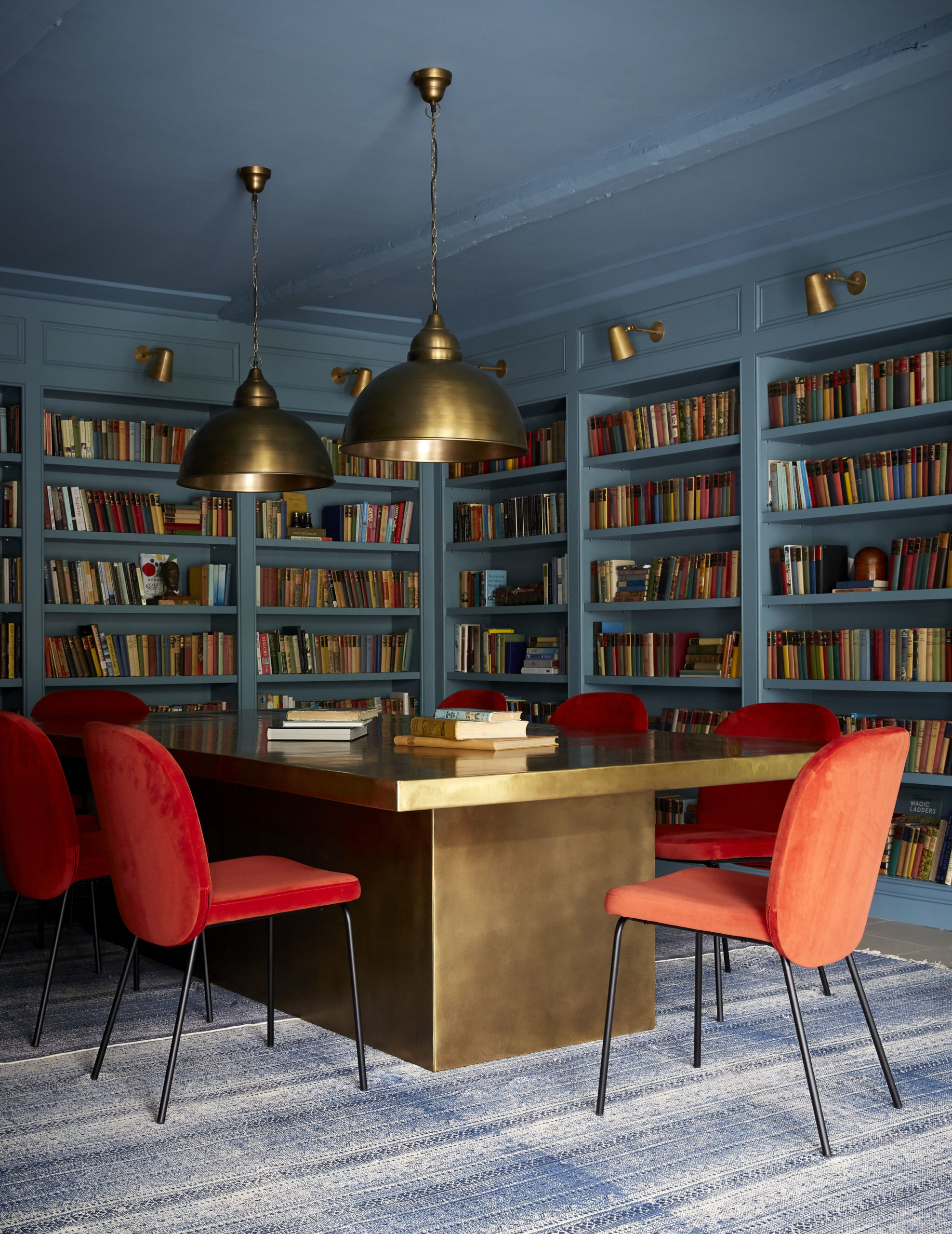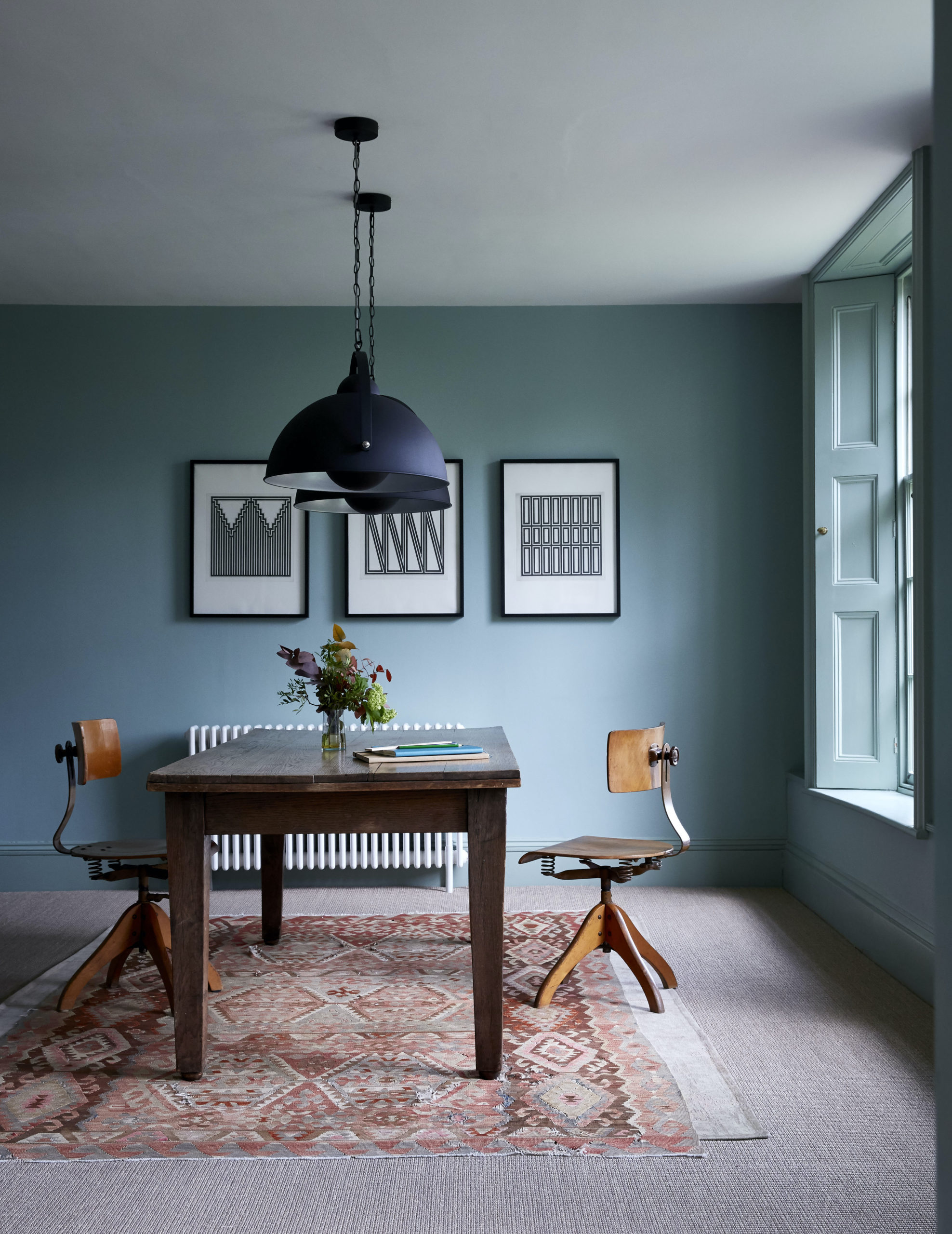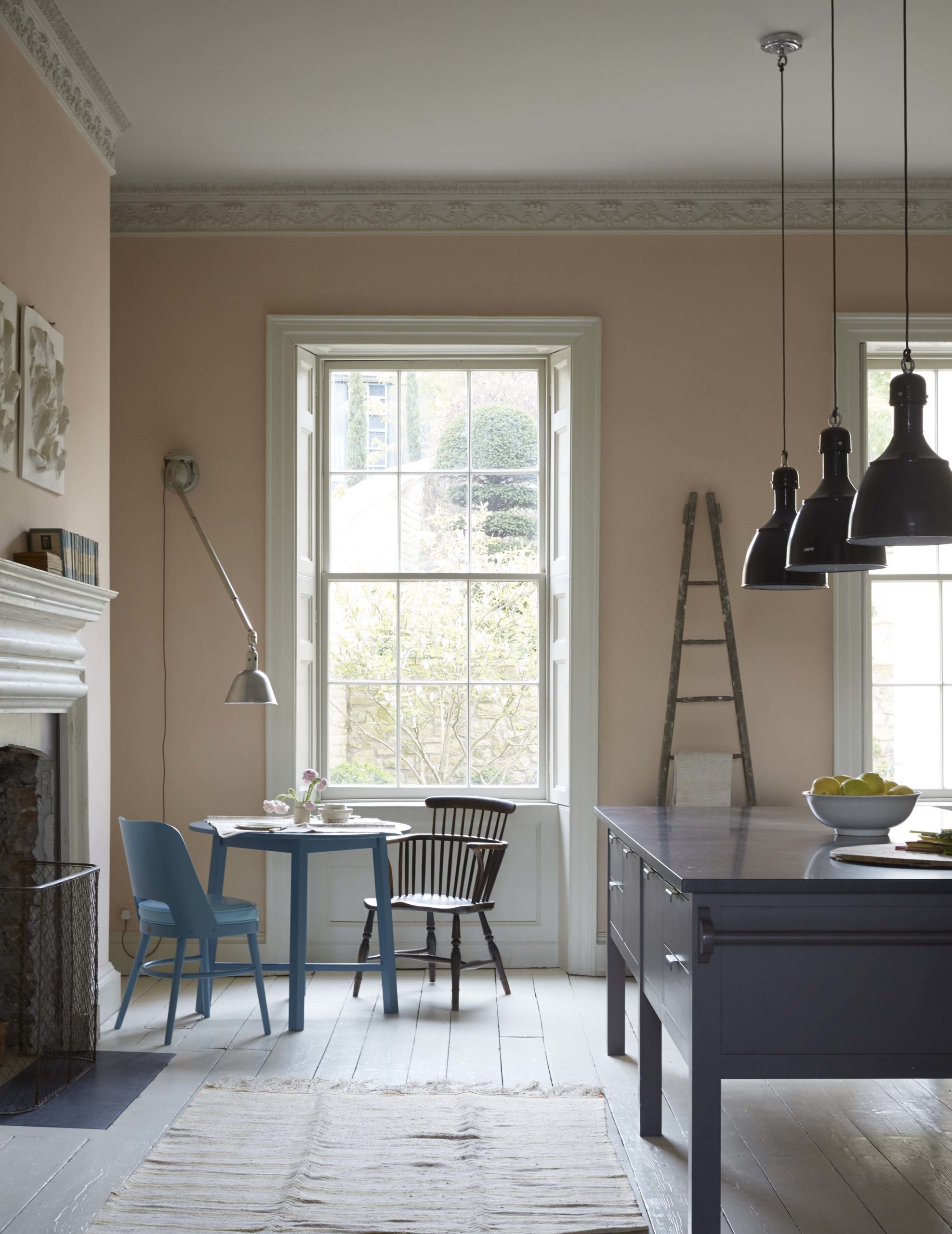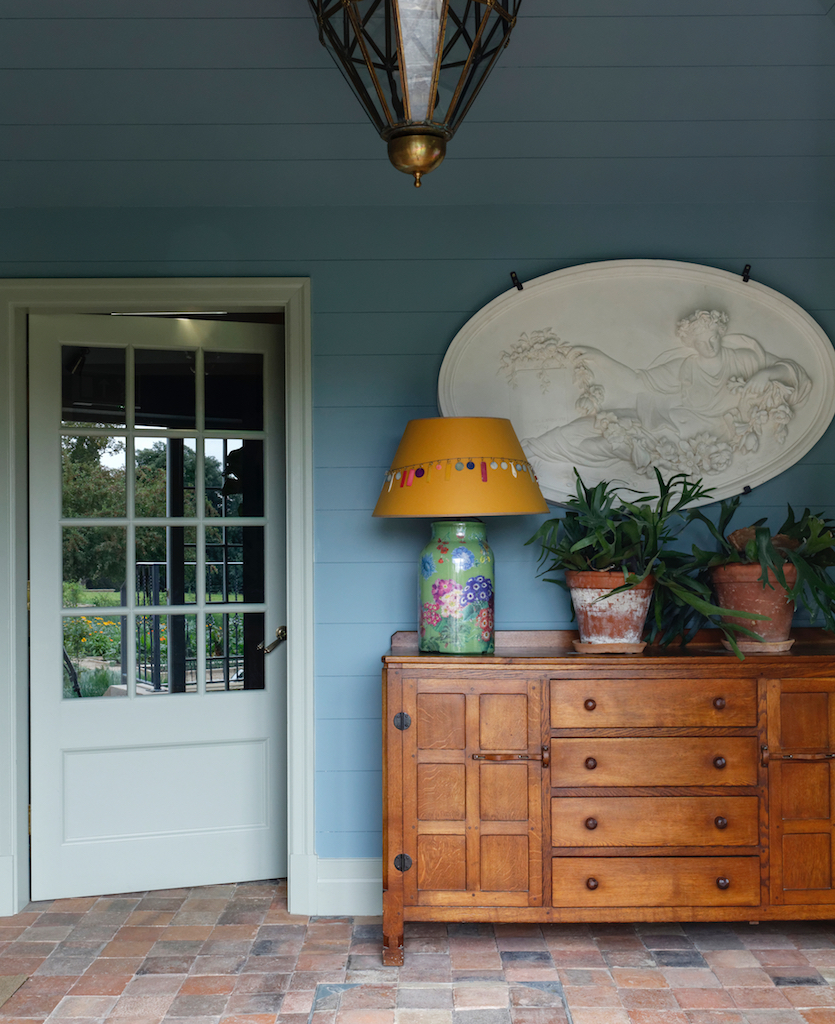Nicola Harding creates interiors for private homes, restaurants and boutique hotels like Beaverbrook Town House, above. She talks to Effect about how she achieves her characterful, human spaces.
If there’s one thing that is defining interior decorating after 18 months of pandemic-induced upheaval, it’s comfort. Much as fashion has changed, and the idea of slipping into a pair of uncomfortable shoes is now anathema to many, there is no longer a willingness to tolerate a space that lacks warmth and ease.
For interior designer Nicola Harding, comfort has always been a central tenet of her design philosophy, whether she is working on a private home or a commercial interior (her hospitality projects include the recently opened and much-admired Beaverbrook Town House in Chelsea). “I think it’s one of those things that people don’t really articulate, but it’s so fundamental to all of us,” she says. “As homes have become more important, perhaps people have recognised that interior design is less about answering the latest trend, and more about how your home fits and holds you.”
For Harding, warmth and style go hand in hand, and the importance of a welcoming home that reflects its inhabitants’ taste is deeply personal. “I moved around a lot growing up because my father was in the military as a helicopter pilot,” she says. “In the military, you’re not just moving around, you’re living in military bases where all the houses are the same and all the furniture in all the houses is the same. I just craved that sense of belonging, coming home to a place that really nurtures and reflects you. Each time I get to help someone, whether it’s an individual, a family or a brand, and create an interior that brings to life their idea of who they want to be, that’s a little kick for me. It’s kind of answering a historic hurt.”
Each time I get to help someone, whether it’s an individual, a family or a brand, and create an interior that brings to life their idea of who they want to be, that’s a little kick for me.
Nicola Harding, interior designer
Her approach is always to start a project by working out how a client wants to live and feel in the space. In the case of a residential interior, she might ask what will give them a lift when they return home after a difficult day at work, a memory of a favourite place, or how they imagine a family Christmas at home would be. As she puts it, “It’s really digging deep into those subconscious fantasies that we have about how we want our home to be, and using interior design as a magic toolkit for how you can create those feelings.”
Before she starts on the decoration, Harding first considers layout and furniture placement, and how to tailor a home to the clients’ lifestyle. Sometimes, she will reappraise a building, moving the rooms where the owners will spend the most time – for example, the kitchen and living areas – into the most spacious parts of the house. Whatever the size of the room, she is a strong believer in creating intimate seating areas that encourage conversation, rather than a more formal arrangement. “If you have a huge sofa, nobody wants to sit in the middle of it,” she points out. “It’s much better to have smaller sofas that fit two people, mixed with armchairs, and perhaps make it all not too symmetrical, so that no one feels out of place.”
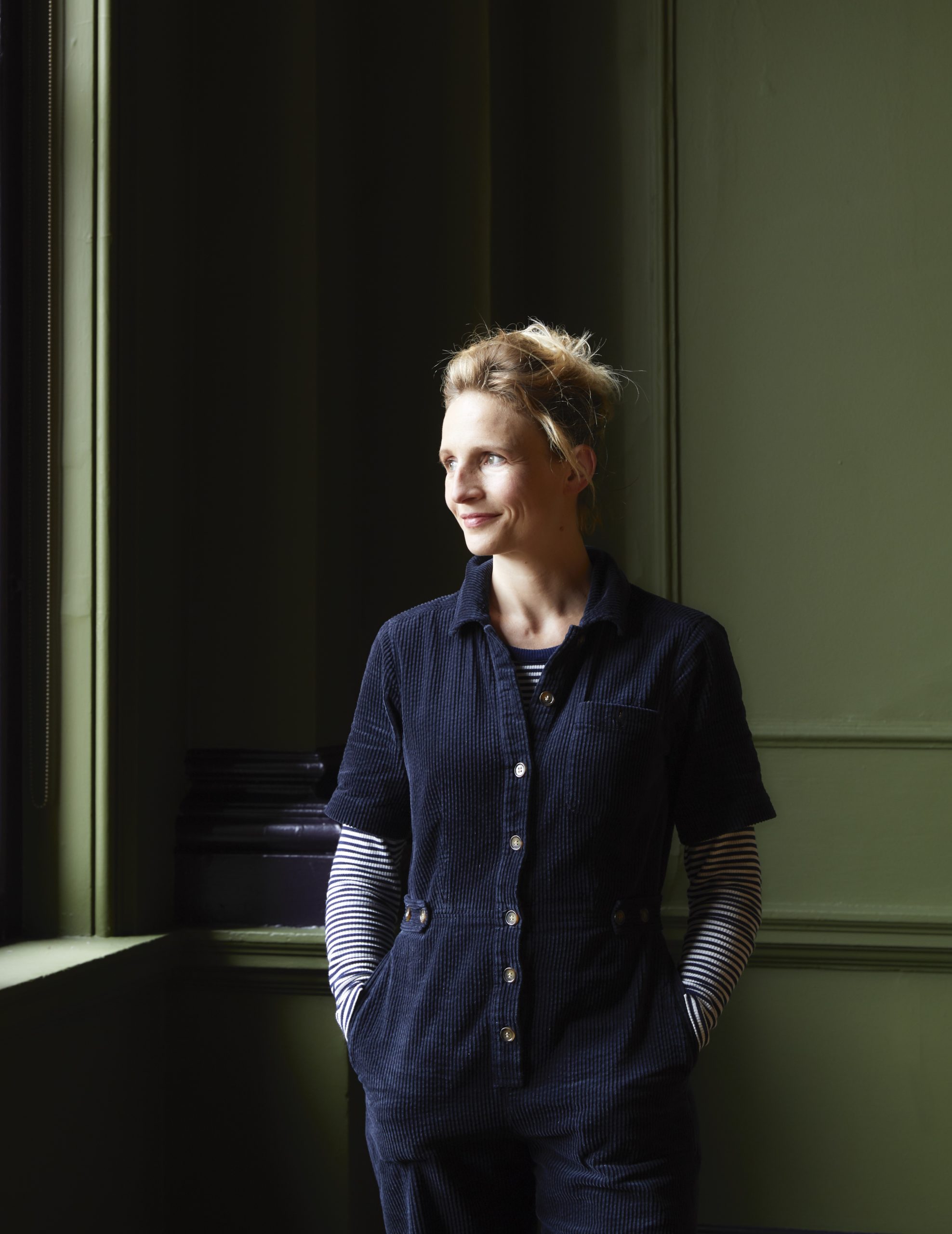
Colour is also key to her method, and her choices are determined by the size and natural qualities of a room, the amount of daylight it receives, and how it is intended to be used. “If it’s a space that’s going to be occupied largely in the evening, then I would go for richer tones,” she says. “If it’s a room that is used a lot every day, like a kitchen or open-plan living space, then probably you want to have a bit of a lighter touch so that it’s not too overstimulating.”
When it comes to the feeling or atmosphere she wants to bring to a room, contrast is also an important consideration. In a bedroom, for example, where one wants minimal visual stimulation, she employs a palette with a low degree of contrast between the different colours so that the overall look is calming and harmonious. In a living room, on the other hand, she might pair a pink wall with a pistachio-green sofa – “quite a clashy contrast, which creates a real energy and excitement”.
Her commercial projects are spaces where she can be more playful with colour: an interior in which a person might stay for a few nights, rather than somewhere they live every day, can take a little more drama. “It’s kind of like taking the volume knob and turning it up a couple of notches,” she says. “That applies to the finishes as well. In Beaverbrook Town House, for example, we used gloss paint quite a lot, which brings the look up another level. I wouldn’t do that in a country house, but in a townhouse hotel it works really well. That’s the fun of a hotel project – you want it to take someone’s breath away when they open a bedroom door, which isn’t necessarily the effect you want when you open your own bedroom door.”
It’s really digging deep into those subconscious fantasies that we have about how we want our home to be, and using interior design as a magic toolkit for how you can create those feelings.
Nicola Harding
Furniture, fabrics and artworks also build the atmosphere of a room, and Harding likes to source pieces that hold meaning for the client, “so that the house doesn’t just look nice, but there’s a fabric designed by so and so, or an antique table that was sourced from somewhere near where they grew up. I think everybody’s interest in provenance has definitely grown recently.”
For Beaverbrook Town House, she sourced pieces from local suppliers that helped to root the hotel within its setting, such as lampshades from West London-based Rosi de Ruig, trimmings from Samuel & Sons in Chelsea, and antiques from Christopher Howe on the Pimlico Road. Antiques and vintage pieces are a particular calling card of her work, thanks to their materiality and craftsmanship, their sustainability, and the timelessness they bring to a room. “Antiques have soulfulness and history; they make an interior feel as though it has a foot in the past and a foot in the present, so it’s harder to date,” she says. Such characterful pieces also allow her to add the playful edge that is such a key element of a Nicola Harding room, and the feeling of a space that hasn’t been “magicked up from nowhere”, but has evolved naturally over time. “I really like mixing pieces from different periods in interiors, and bringing things together that would never naturally have found themselves next to each other,” she says. “It’s a particular sort of alchemy that brings a liveliness and unexpectedness. If you want to create an interior that feels comfortable and good to be in, make it less textbook; more human.”
Effect Magazine is brought to you by Effetto



